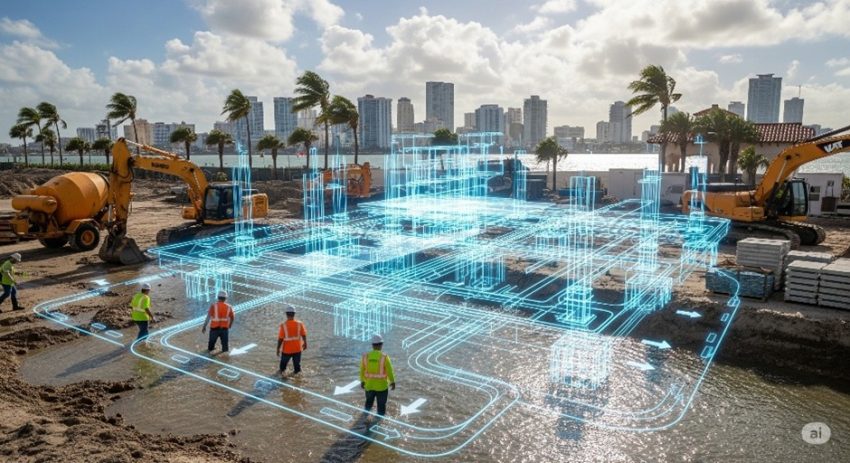Florida is known for its beautiful coastlines, vibrant cities, and rapid urban development. However, the state also faces unique challenges in construction, including hurricanes, flooding, and high humidity. To address these issues, the AEC (Architecture, Engineering, and Construction) industry increasingly relies on Building Information Modelling (BIM) to deliver climate-resilient, efficient, and cost-effective projects.
BIM provides more than just digital drawings—it creates data-rich 3D models that support collaboration, reduce risk, and ensure smarter decisions throughout a building’s lifecycle.
Why Florida Needs Climate-Responsive Design
Unlike many other regions, Florida’s geography makes it particularly vulnerable to extreme weather conditions. Traditional construction approaches often struggle to meet the demand for resilient, long-lasting structures that can withstand environmental pressures.
By using BIM, design and construction teams can:
- Simulate hurricane impact on building envelopes.
- Model drainage and flooding risks for coastal and inland areas.
- Select durable, weather-resistant materials with accurate lifecycle data.
- Optimise HVAC systems for high humidity and heat.
This predictive ability makes BIM an invaluable tool for future-proofing buildings in the Sunshine State.
Reducing Construction Risks Through BIM
Risk management is critical in Florida’s construction industry. Unexpected clashes, errors, or material shortages can significantly delay projects and inflate costs. BIM’s clash detection capabilities allow teams to identify and resolve conflicts virtually, before construction begins.
By reducing rework and material waste, BIM also helps projects stay on time and within budget, making it a key economic and environmental sustainability driver.
Supporting Florida’s Growth with Smart Construction
Florida’s population growth continues to fuel demand for new residential, commercial, and infrastructure projects. Meeting these needs requires efficient workflows and cutting-edge tools.
That’s why firms nationwide are turning to specialised providers of BIM Services in Florida to support their projects. These services help streamline coordination, improve accuracy, and deliver higher-quality outcomes across the construction lifecycle.
Long-Term Value: BIM Beyond Construction
One of BIM’s greatest strengths lies in facility management and operations. In Florida, where energy efficiency and building maintenance are crucial due to the hot climate, BIM models provide building owners with:
- Accurate asset data for easier maintenance.
- Energy performance insights to reduce utility costs.
- Predictive modelling for future upgrades and retrofits.
This ensures that buildings remain safe, cost-efficient, and sustainable long after construction.
Conclusion
As Florida continues to grow and face environmental challenges, BIM is essential for climate-resilient, efficient, and future-ready construction. BIM empowers architects, engineers, and builders to create more innovative spaces that align with the state’s unique needs by improving collaboration, reducing risks, and ensuring long-term performance.
From hurricane preparedness to sustainable urban growth, BIM is helping Florida build for today while planning for tomorrow.

